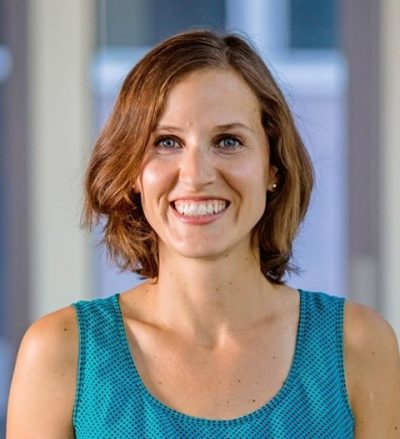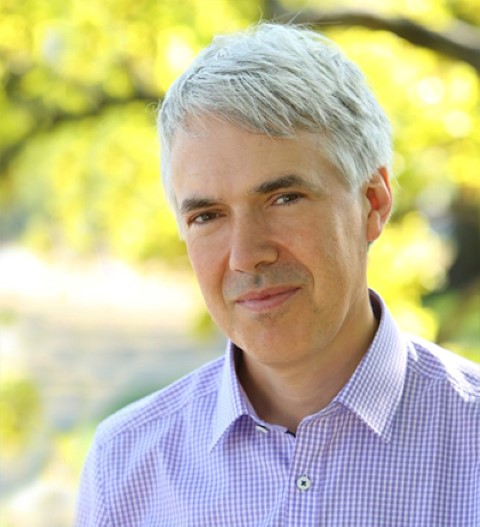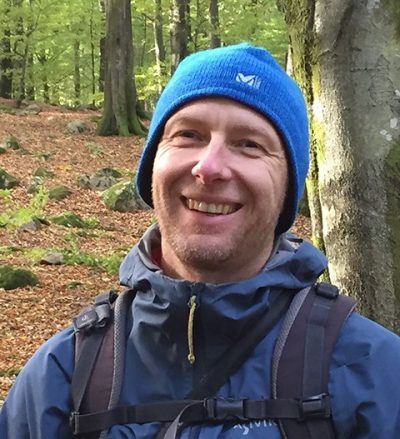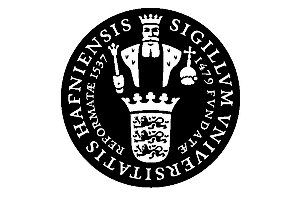Socio-economic rehabilitation after quarrying
In CESMINE, we will get better understanding about the role of community benefits and other cultural ecosystem services in successful transition from mining to post-mining environments and how different planning and land use management practices contribute to this transition. By developing a practical measure, this understanding will be quantified in collaboration with our industry partner to support decision-making surrounding post-mining land use.
OUR MISSION
The importance of cultural ecosystem services has been neglected in planning for mine closure and post-mining land use management. CESMINE’s mission is to re-think the current approach to mine closure planning by demonstrating that community environmental interactions may become an important element of effective transition from mining to post-mining societies and economies.
Our Approach
In CESMINE, we quantify the relationships between (i) rehabilitation practices applied to quarries after their closure, (ii) cultural ecosystem services provided by the rehabilitated quarries and (iii) the use and perception of the sites by locals and tourists.
The project combines quantitative and qualitative methods, using techniques such as social media data analyses, semi-structured interviews, participatory GIS, and spatially explicit indicators of cultural ecosystem services. These methods will be applied in a cross-site and cross-country comparisons in three European countries – Germany, Denmark and Czech Republic.
Beside these activities, CESMINE creates a platform for raising awareness and sharing knowledge about the wide range of cultural ecosystem services provided by rehabilitated mines and quarries and their importance for creating positive post-closure legacies in mining affected regions.Who is it for?
Communities
Citizens who want to learn more about the multiple ways in which post-mining areas can be used and appreciated, and who wish to transform negative perceptions of mining to positive attachments to the rehabilitated sites.
Businesses
Mining and quarrying companies and related organizations that wish to create positive post-closure legacies by recovering socio-ecological interactions between communities and post-mining sites.
Governments
Governments seeking to make better decisions surrounding minerals policy of mine closure by reflecting community and cultural values associated with ecosystems.
TEAM

Dr. Kamila Svobodova is a Principal Researcher and Lead of the project. Kamila is a Marie Skłodowska-Curie Research Fellow and a member of the Chair “Social-ecological Interactions in Agricultural Systems” at the University of Göttingen. Her expertise is in understanding how important environmental psychology is when designing mine closure and post-mining landscapes.

Prof. Dr. Tobias Plieninger is the Head of the Chair of “Social-Ecological Interactions in Agricultural Systems” at the Universities of Kassel and Göttingen. Tobias Plieninger is a sustainability scientist with outstanding experience in inter- and transdisciplinary research at the social-ecological interface.

Assoc. Prof. Dr. Anton Stahl Olafsson is an Associate Professor in outdoor recreation and green space planning in the section of Landscape Architecture and Planning, University of Copenhagen. Anton works with multiple aspects of people-nature relationships, including assessments of cultural ecosystem services through public participatory GIS (PPGIS) and user-generated content.

Dr. Kristýna Šebková is a specialist for biodiversity and land planning in Českomoravský štěrk Inc. Kristýna is a landscape engineer and a doctor in geology. She is a committee member of the Quarry Life Award, an international research and education competition of quarry rehabilitation projects. She is also a member of the Biodiversity Expert Group in HeidelbergCement.



